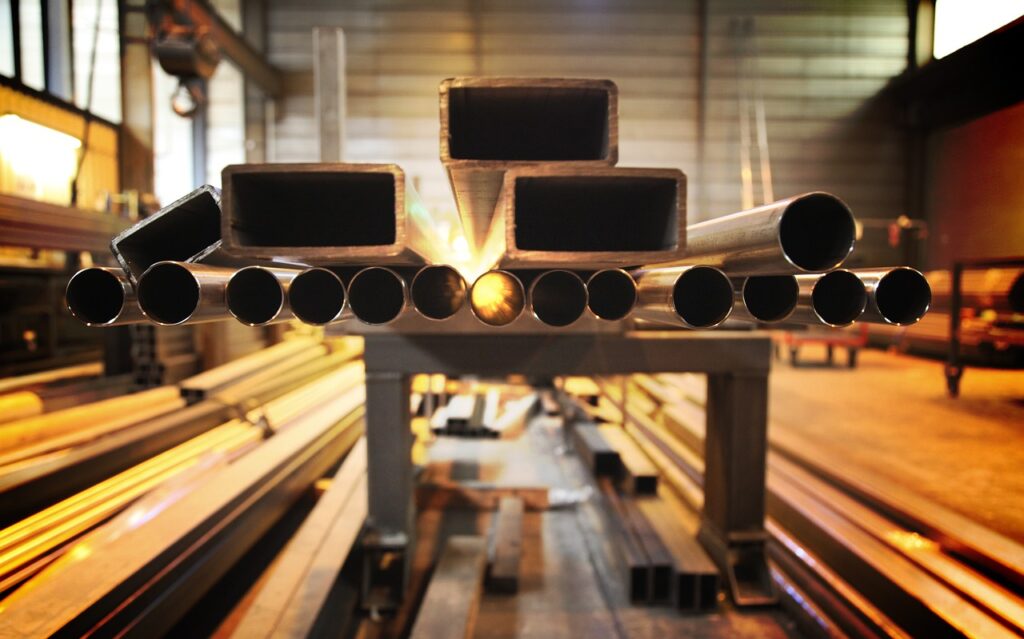Amnah, winner of Oman’s first land block for green hydrogen development, is set to channel its renewable hydrogen output into the production of green steel within the Sultanate.
This strategic commitment, announced by Mark Geilenkirchen, Project CEO, at the Green Hydrogen Summit Oman, marks a pivotal shift in the consortium’s approach, focusing on localized utilization over export.
Amnah, consisting of Copenhagen Infrastructure Partners (CIP), Blue Power Partners (BPP), and Al Khadra from Oman’s Hind Bahwan Group, secured the first land block (Z1-01) in Duqm through an international auction process orchestrated by Hydrom, the master planner of Oman’s green hydrogen industry. The 320 sq km block, with downstream elements at the Port of Duqm, positions Amnah as a key player in Oman’s green energy landscape.
Unlike traditional approaches of converting hydrogen into derivatives for export, Amnah plans to utilize its green hydrogen locally for the production of green steel or intermediate low-carbon commodities like Hot Briquetted Iron (HBI) and Direct Reduced (DR) iron. Geilenkirchen emphasizes that this strategy aligns with the vision for Oman’s future, ensuring higher In-Country Volume (ICV) and supporting industrial decarbonization.
Amnah’s commitment to using green hydrogen for industrial decarbonization is a significant boost to Duqm’s ambitions. The region aims to become a hub for investment in hard-to-abate industries, with several international giants, including Vale, Mitsui & Co, Kobe Steel, and Vulcan Green Steel, planning low-carbon steel and green metallic ventures in Duqm. Amnah’s decision aligns with Oman’s goal to position Duqm as a center for sustainable industrial practices.
The consortium’s pivot towards green steel is described as a “pivotal and strategic response” to challenges faced in the green ammonia and hydrogen industries. The move is not only commercially viable but also aligns with evolving regulatory landscapes, particularly within the European Union’s Carbon Border Adjustment Mechanism (CBAM) regulations. The decision reflects an awareness of the increasing importance of sustainability in industries such as electric vehicles and wind turbines, where green materials are inherently demanded.
Amnah’s vision includes a substantial investment of around $6 – 7 billion in a major scheme, targeting an output of 210,000 tonnes of green hydrogen in the initial phase of development. The ambitious project signals a paradigm shift in Oman’s industrial landscape, demonstrating the consortium’s commitment to leading the charge toward sustainable and green energy solutions.
